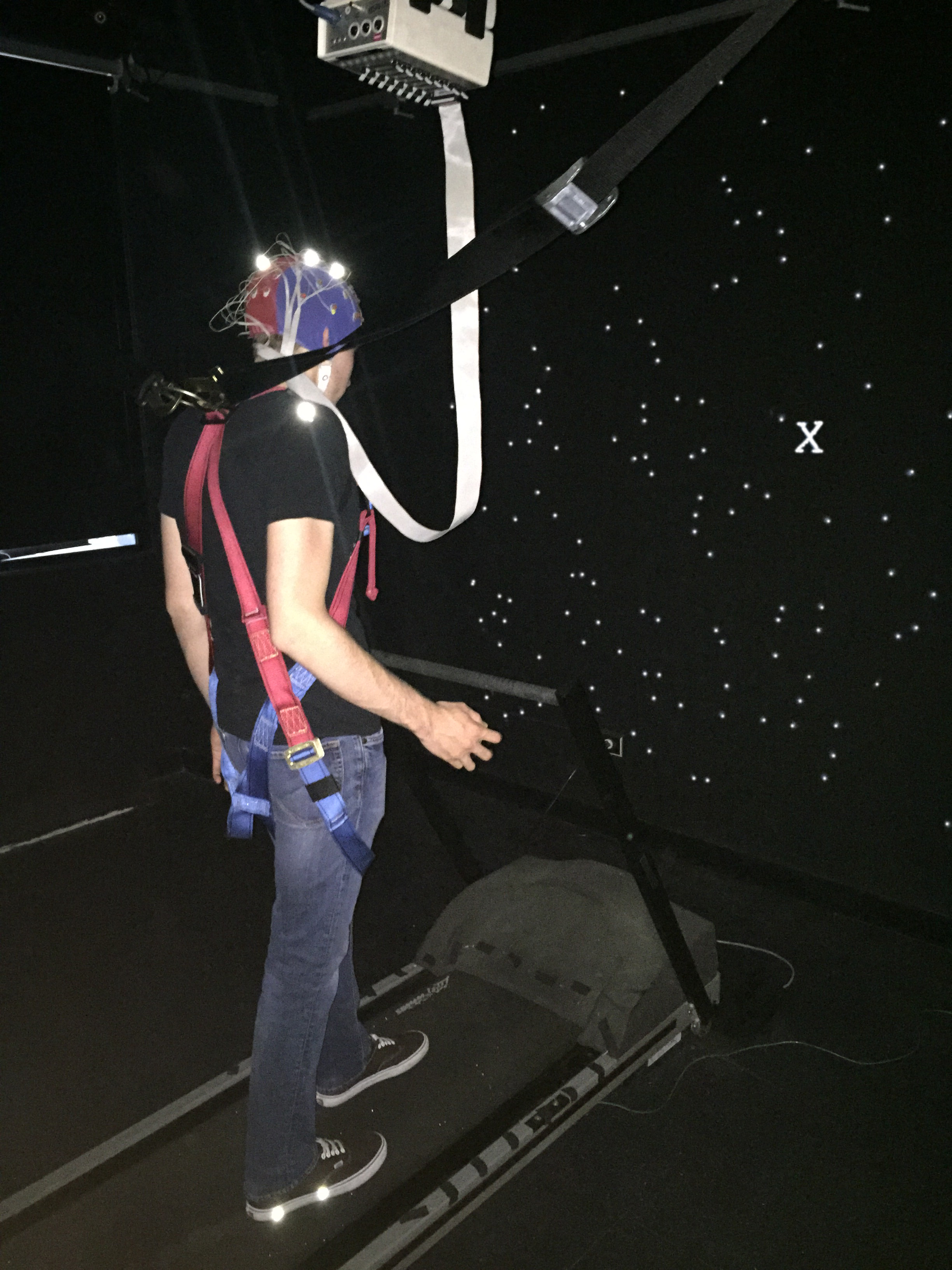Multiple Sclerosis
Sensory-Motor and Cognitive-Motor Dysfunction in Multiple Sclerosis: A Mobile Brain-Body Imaging Investigation



Posted June 14, 2019
Pierfilippo De Sanctis, Ph.D., Albert Einstein College of Medicine

Most everyday activities rely on simultaneous and integrated processing of sensory, cognitive, and motor information; processes that are often impaired in individuals with multiple sclerosis (MS). In particular, MS patients often experience difficulty in walking, which becomes more challenging when paired with a cognitively demanding task such as texting or talking while walking. Despite evidence for significant cognitive-motor coupling dysfunction in MS, researchers and clinicians usually only examine cognition and motor as independent functions. An integrated assessment that examines the compounding effects of simultaneous cognitive and motor tasks may provide valuable insights and potential tools for diagnosing and treating MS.
With support from a Fiscal Year 2016 Multiple Sclerosis Research Program Exploration – Hypothesis Development Award, Dr. De Sanctis has been studying how MS patients with mobility limitations leverage their cognitive resources to most effectively organize their behavior as they ambulate through a complex and ever-changing environment. Dr. De Sanctis is addressing cognitive-motor coupling by applying the mobile brain/body imaging (MOBI) system to study dual-task walking in patients with MS. The MOBI system integrates electro-cortical recordings by high-density electroencephalogram with three-dimensional motion capture to track kinematics of the head and feet in order to monitor brain activity, gait pattern, and body posture during treadmill walking. In a recent Journal of Neurophysiology publication, Dr. De Sanctis and his team described how they utilized the MOBI system to examine changes in gait and cortical activity in response to sensory and cognitive load in young adults during dual-task walking. Sensory load was manipulated with the presentation of optic flow through a full-field visual display consisting of a star field background with and without continuous mediolateral perturbations. In addition, cognitive load was manipulated by having participants perform or not perform a cognitive go/no-go response task by clicking on a mouse when presented with the letter “O” in the center of the visual field and withholding response during the infrequent presentation of the letter “X.” During increased sensory load, participants walked with shorter and wider strides indicating a more restrained pattern of gait. Interestingly, simultaneous engagement in a cognitive task attenuated these effects of sensory load on gait.
Dr. De Sanctis will expand this work to include individuals with MS in order to determine the neural underpinnings of sensory-motor dysfunction and increased cognitive-motor interference in MS patients walking under environmentally challenging conditions. These findings provide insight into the neural correlates of gait adaptation and may be particularly relevant to individuals who are less able to adjust to ongoing cognitive and sensory demands while walking and move Dr. De Sanctis and his team closer to potentially discovering objective brain measures to enhance diagnostic and therapeutic assessments of MS.

Reference:
Malcolm BR, Foxe JJ, Butler JS, et al. 2018. Cognitive load reduces the effects of optic flow on gait and electrocortical dynamics during treadmill walking. J Neurophysiol 120(5):2246-2259.
Link:
Last updated Thursday, May 26, 2022

















